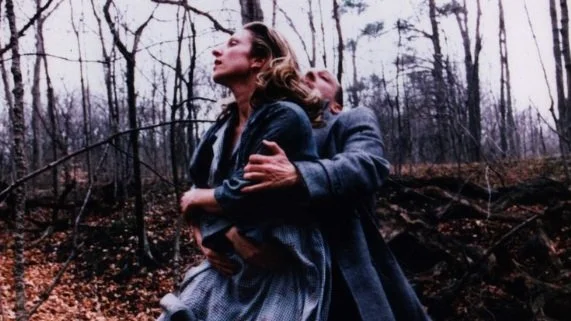Organized Dance Activities Help Older Adults Suffering from COVID-19 Loneliness
2021, University of Calgary, Research Paper
Dovercourt House To Close After 21 Years as Toronto’s Dance Hub
2021, the Dance Current, News
Dance Intervention Affects Social Connections and Body Appreciation Among Older Adults in the Long Term Despite COVID-19 Social Isolation: A Mixed Methods Pilot Study
2021, frontiers in Psychology, Research Paper
Sudbury Secondary School hosts internationally recognized choreographer
2019, Rainbow Schools
Kaeja d’Dance company celebrates 25 years with two new works at Harbourfront
2015, Toronto Star, Preview
Transference and Transition in Systems of Dance Generation
In “Transference and transition in systems of dance generation”, Pil Hansen engages Karen Kaeja and Ame Henderson's voices to analyze the dramaturgical strategies of dance generation, that these choreographers have developed in response to, respectively, physical trauma and hierarchical divides in dance.
Hansen turns to Dynamical Systems Theory and draws upon insights from the creation processes of Kaeja's Crave and Henderson's relay to uncover the ways in which autobiographical memories were transferred from their original sources and adapted within self-organizing systems of task- and game-based generation. Hansen proposes that the dancers' attentive pursuit of intimate or leaderless togetherness within these systems changed the parameters that rendered impossible such close proximity. In turn, this change funnelled the systems' self-organizing dynamics into turbulent states of phase transition with a promise of new—though impermanent—orders that made a form of togetherness possible. She, furthermore, proposes that this potential and possibility lives in the process of continued pursuit within an ongoing dynamic and cannot be predicted or realized as an end state of the systems. In concert, the dramaturgical strategies were not concerned with transference and transition as preparation for a predetermined and repeatable performance outcome, transference and transition were pursued as necessarily turbulent mechanisms of ongoing generation that continue to be presented and performed for shifting audiences.




















